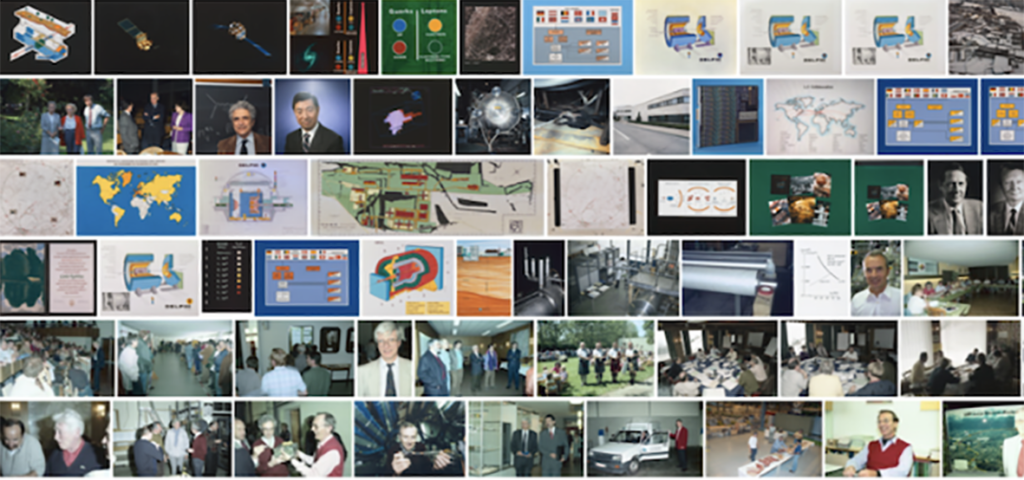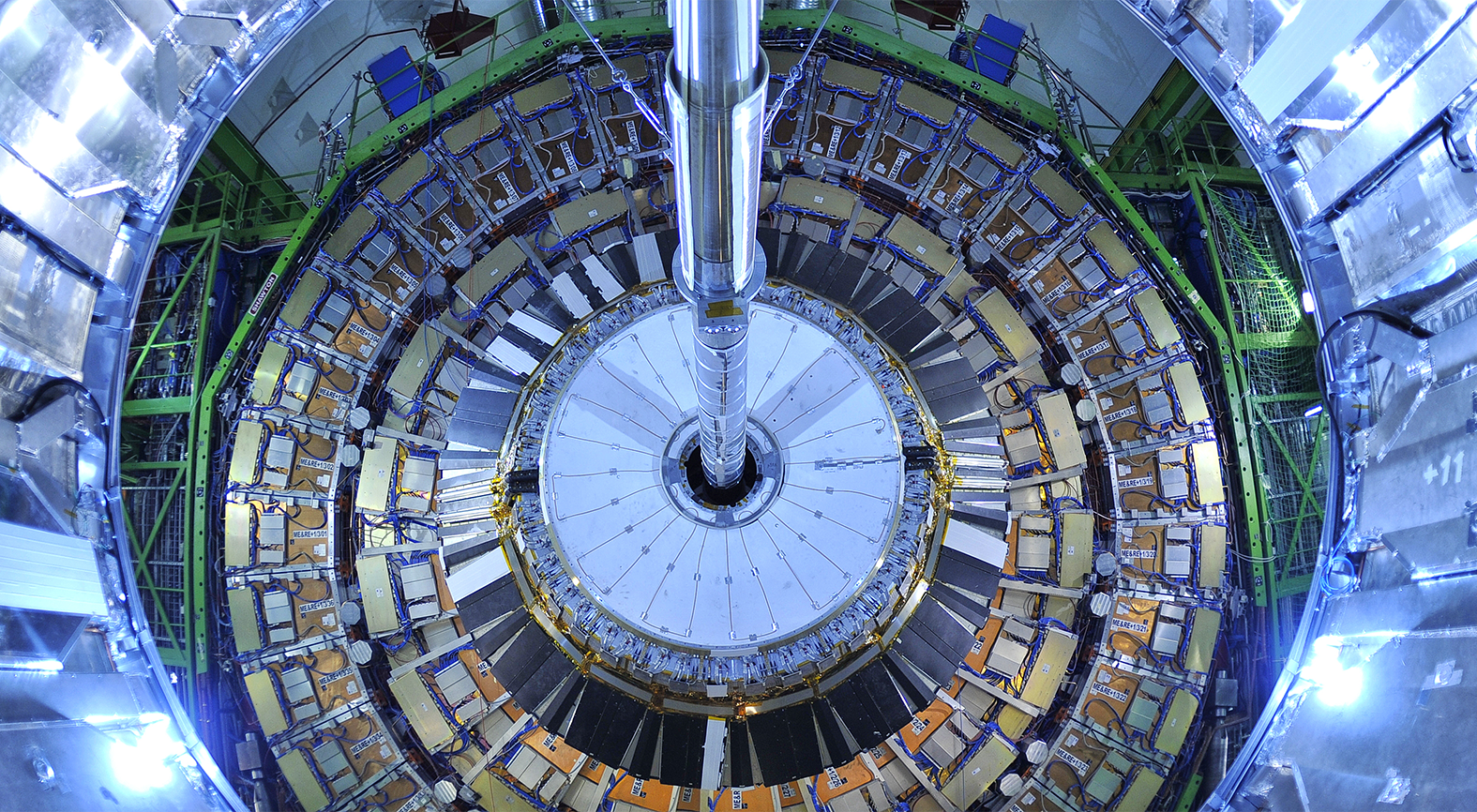CERN Digital Memory safely preserved with Piql
BACKGROUND
Physicists and engineers at CERN use the world’s largest and most complex scientific instruments to study the basic constituents of matter – fundamental particles. Founded in 1954, the CERN laboratory sits astride the Franco-Swiss border near Geneva. It was one of Europe’s first joint ventures and now involves 23 member states.
The institution collects a wide range of data for multiple research areas and shares the knowledge to scientists and other research institutions around the world. The CERN Digital Memory Project was established to ensure that the observations and documentation collected over the decades would not be at risk of potential loss.
CHALLENGE
We need to archive the CERN Digital Memory which consists of the digital production of the institution for the 21st century (including new types of content like web sites, social media, emails, etc) as well as the analogue documents produced by the institution in the 20th century, composed of digitised papers (physical archive) and various multimedia: audio (e.g. recordings of meetings), still images and moving images. Aligning the CERN digital archive to best practices (OAIS) for the sake of long term digital preservation is one of the most important benefits for this project.

– A kaleidoscope of digitised memories, CERN –
SOLUTION
With the rich history of CERN and a curious interest in a new approach for long-term archiving and data storage, CERN chose to conduct a preservation project to store some of their most valuable content wit Piql’s unique and innovative technology.
Supported by the European Union and Horizon 2020 through the piqlFilm-Go project, this initial project focused on a snapshot of highlights from the Digital Memory project. CERN selected 320 GB of its most valuable data from the historical archive and preserved digitally on piqlFilm. This snapshot consisted of important datasets, including open data of high energy physics (HEP), stored in a custom CERN HEP format. The preservation of this data will be highly valuable to future researchers when comparing datasets and knowledge from different centuries.
In addition, CERN preserved an important collection of photographs in preservation formats (along with file format specifications) and historical movies. The information was stored in a digital format on the piqlFilm, ensuring data integrity and authenticity on the write-once-read-many (WORM) storage medium.
The preservation of this content will therefore ensure that the story of CERN continues to live on into the very distant future with this selection of its Digital Memory kept and protected forever.
FUTURE
An additional and important outcome from the project, has been the collaboration resulting in a strong exchange of competence and expertise on long-term preservation among two respected organisations in the domain of archiving.
Piql looks forward to a fruitful future of collaboration with CERN.

